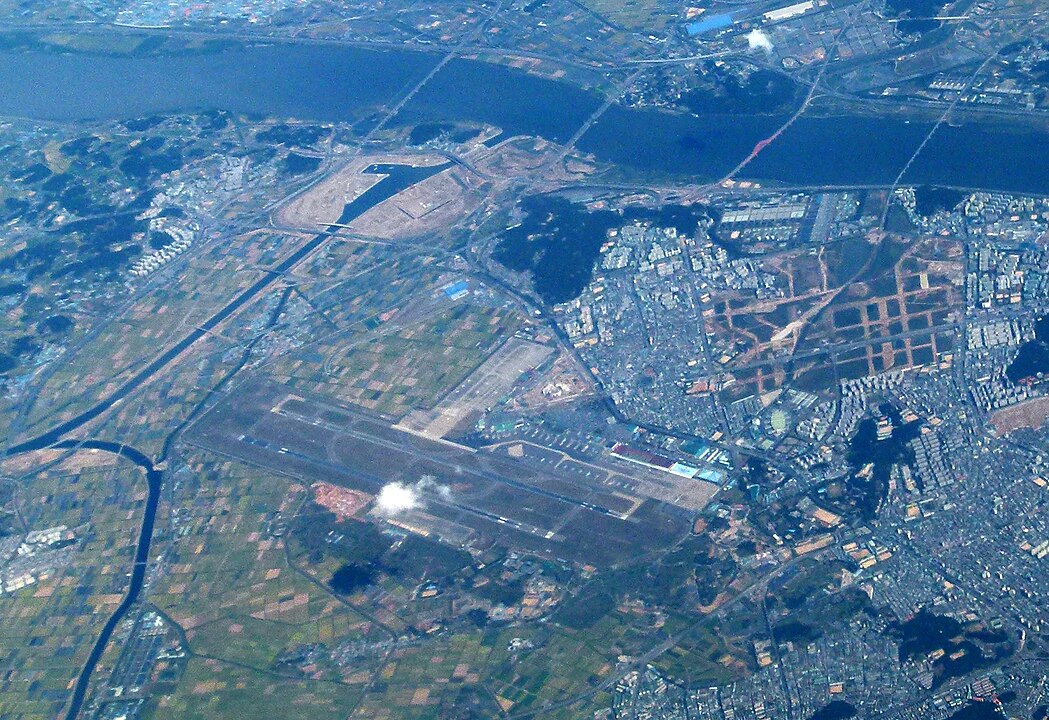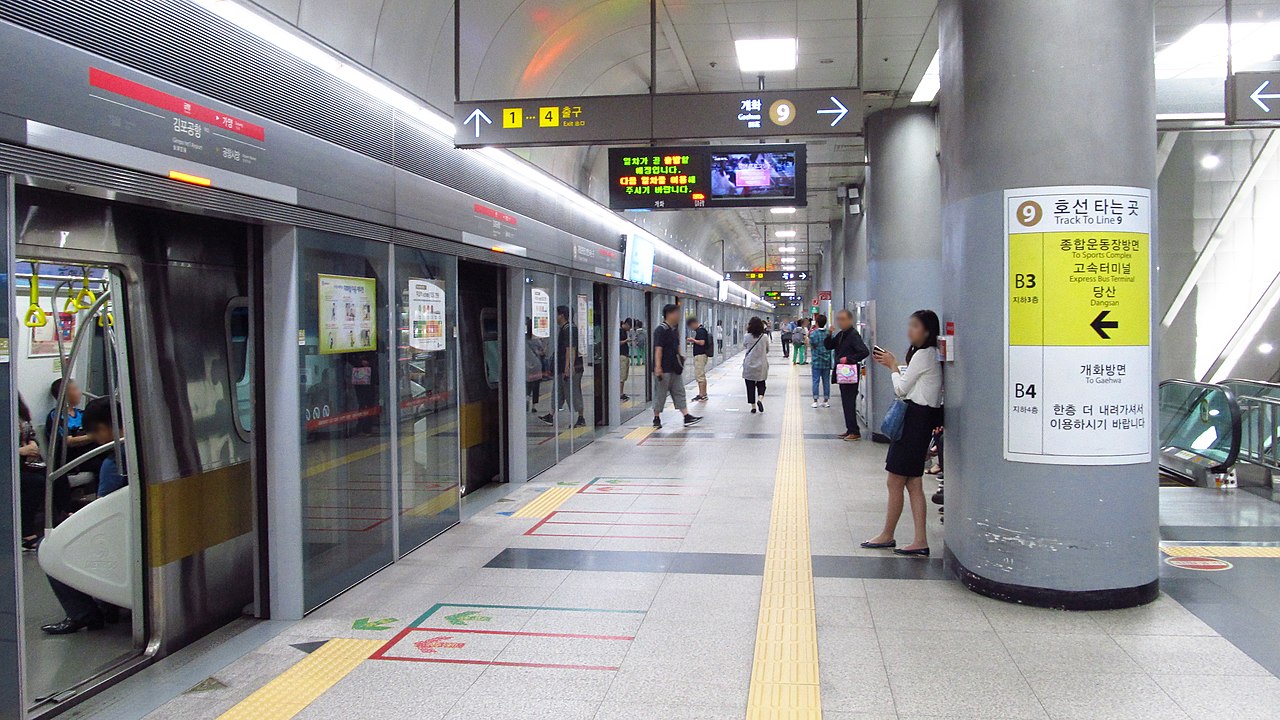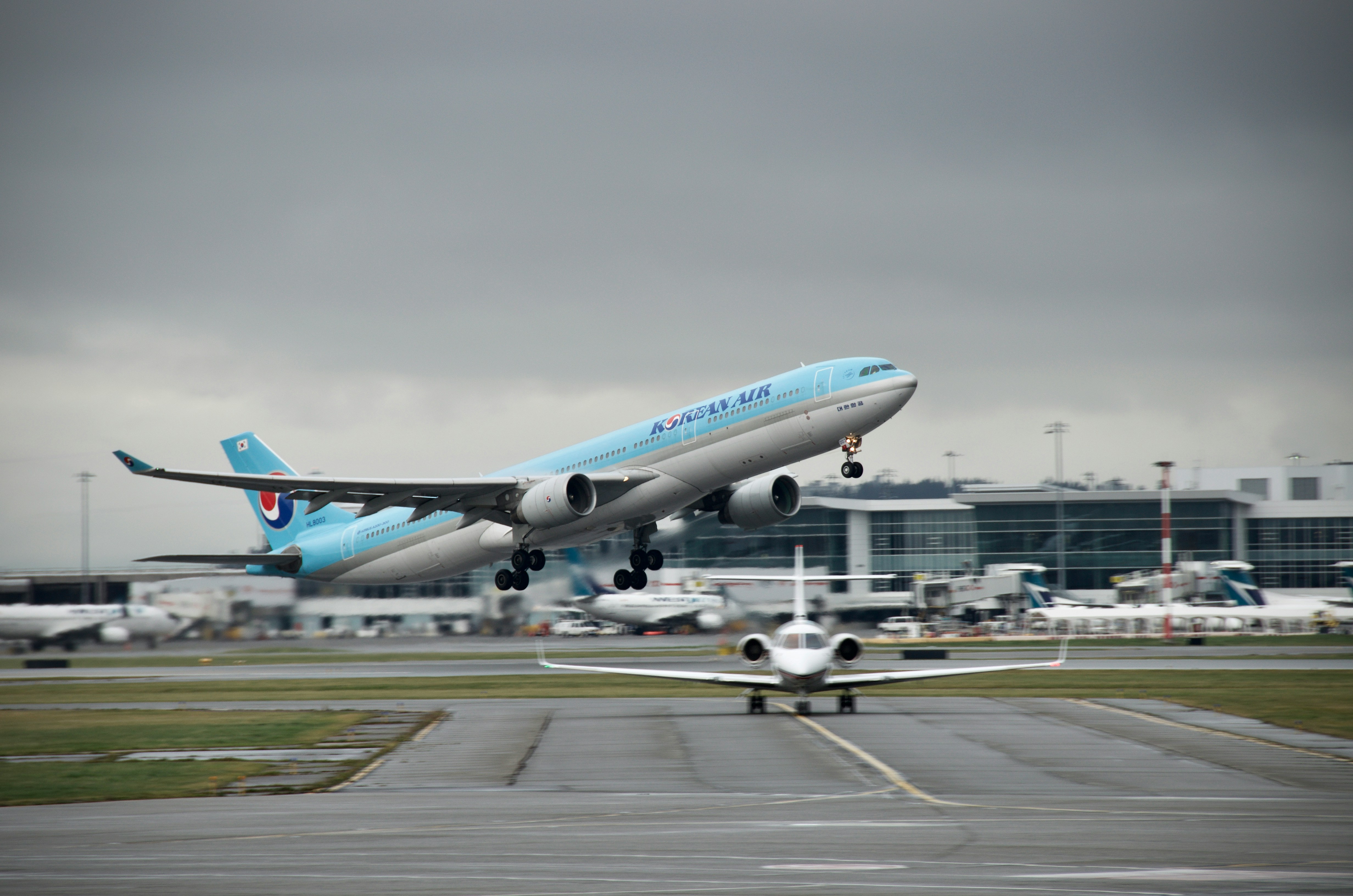SEOUL, SOUTH KOREA – Gimpo International Airport (GMP), once a primary gateway for international travelers, now stands as a vital hub for domestic travel within South Korea and a highly convenient option for visitors arriving in Seoul.
Key Insights:
- Strategic Location: Despite its name, Gimpo International Airport is now firmly within Seoul’s city limits, offering unparalleled convenience for travelers.
- Domestic Travel Hub: GMP serves as the primary airport for domestic flights, connecting Seoul to popular destinations like Jeju Island and Busan with ease.
- Exceptional Accessibility: The airport boasts excellent transportation links, including the AREX express train, putting Seoul Station less than 25 minutes away.
For many visitors, especially those looking to delve deeper into the diverse landscapes and vibrant cities beyond Seoul, understanding the strategic advantages of Gimpo International Airport can significantly enhance their travel experience in Korea. Its proximity and connectivity offer a smooth transition from arrival to exploration.
From International Gateway to Domestic Powerhouse

Gimpo International Airport holds a significant place in Korea’s aviation history. For decades, it served as Seoul’s main international airport, handling the vast majority of inbound and outbound flights. However, with the opening of Incheon International Airport (ICN) in 2001, Gimpo’s role shifted dramatically. While it still handles a limited number of international flights to nearby cities like Tokyo, Osaka, Shanghai, Beijing, and Taipei, its primary function today is as Korea’s central domestic air travel hub. This transition has allowed Gimpo to specialize in efficient domestic connections, making it an ideal choice for travelers looking to explore the Korean peninsula.
Gimpo’s Unique Location: Seoul’s Western Portal
One of the most common misconceptions about Gimpo International Airport is its name. Despite “Gimpo” historically referring to a city just west of Seoul, the airport itself was incorporated into Seoul’s administrative boundaries through urban expansion and boundary adjustments. Today, Gimpo International Airport is located within Gangseo District (강서구), a part of metropolitan Seoul. This makes it significantly more convenient for travelers staying in Seoul, especially those seeking to minimize travel time to and from the airport. Its western Seoul location provides a direct and efficient link to the city’s extensive public transportation network.
Unmatched Convenience for Domestic Exploration
For tourists visiting Seoul who also plan to explore other parts of South Korea, Gimpo International Airport is an exceptional choice. The airport offers frequent flights to major domestic destinations, including:
- Jeju Island (CJU): Known as “Korea’s Hawaii,” Jeju is a popular volcanic island famed for its natural beauty and unique culture. Flights from Gimpo to Jeju are incredibly frequent, often departing every 15-20 minutes during peak times.
- Busan (PUS): Korea’s second-largest city and a major port, Busan offers stunning beaches, vibrant markets, and delicious seafood. Gimpo provides regular connections to this dynamic southern metropolis.
- Other Destinations: Gimpo also connects Seoul to other regional airports such as those in Daegu, Gwangju, and Ulsan, facilitating travel to various provinces and cities across the country.
Choosing to fly into Gimpo for domestic connections can save travelers valuable time and reduce the logistical complexities often associated with long-distance ground travel in Korea.
Seamless Connectivity: The AREX Advantage

Gimpo International Airport boasts excellent transportation links to the heart of Seoul and beyond. The Airport Railroad Express (AREX) is perhaps its most significant advantage. The All Stop Train from Gimpo International Airport Station to Seoul Station (서울역) takes less than 25 minutes. Seoul Station is a major transportation hub, offering connections to the Seoul Metro lines 1 and 4, as well as the KTX high-speed rail network, which can take travelers to virtually any major city in South Korea. This rapid and direct connection makes Gimpo a highly appealing option for both domestic and international travelers alike. In addition to AREX, the airport is also served by Seoul Metro Lines 5 and 9, as well as numerous bus routes, providing comprehensive coverage across the capital.
Beyond the Gates: Amenities and Services
While primarily a domestic hub, Gimpo International Airport offers a range of amenities and services to ensure a comfortable travel experience. These include various dining options, duty-free shops (for its limited international routes), convenience stores, and currency exchange services. Although not as vast or glamorous as Incheon International Airport, Gimpo’s facilities are well-maintained and efficiently cater to the needs of its passengers. The compact nature of the airport also means shorter walking distances and quicker processing times, which is a significant benefit for travelers on tight schedules or those making quick connections.
Future Prospects and Role in Korean Aviation

Gimpo International Airport continues to play a crucial role in South Korea’s aviation landscape. As domestic travel remains robust and demand for quick, efficient connections grows, Gimpo’s importance is set to endure. While Incheon handles the bulk of long-haul international flights, Gimpo complements this by offering unparalleled access to the Korean domestic market. Its strategic location, coupled with continuous improvements in connectivity and services, ensures that Gimpo International Airport will remain a preferred choice for millions of travelers exploring the vibrant tapestry of South Korea.





